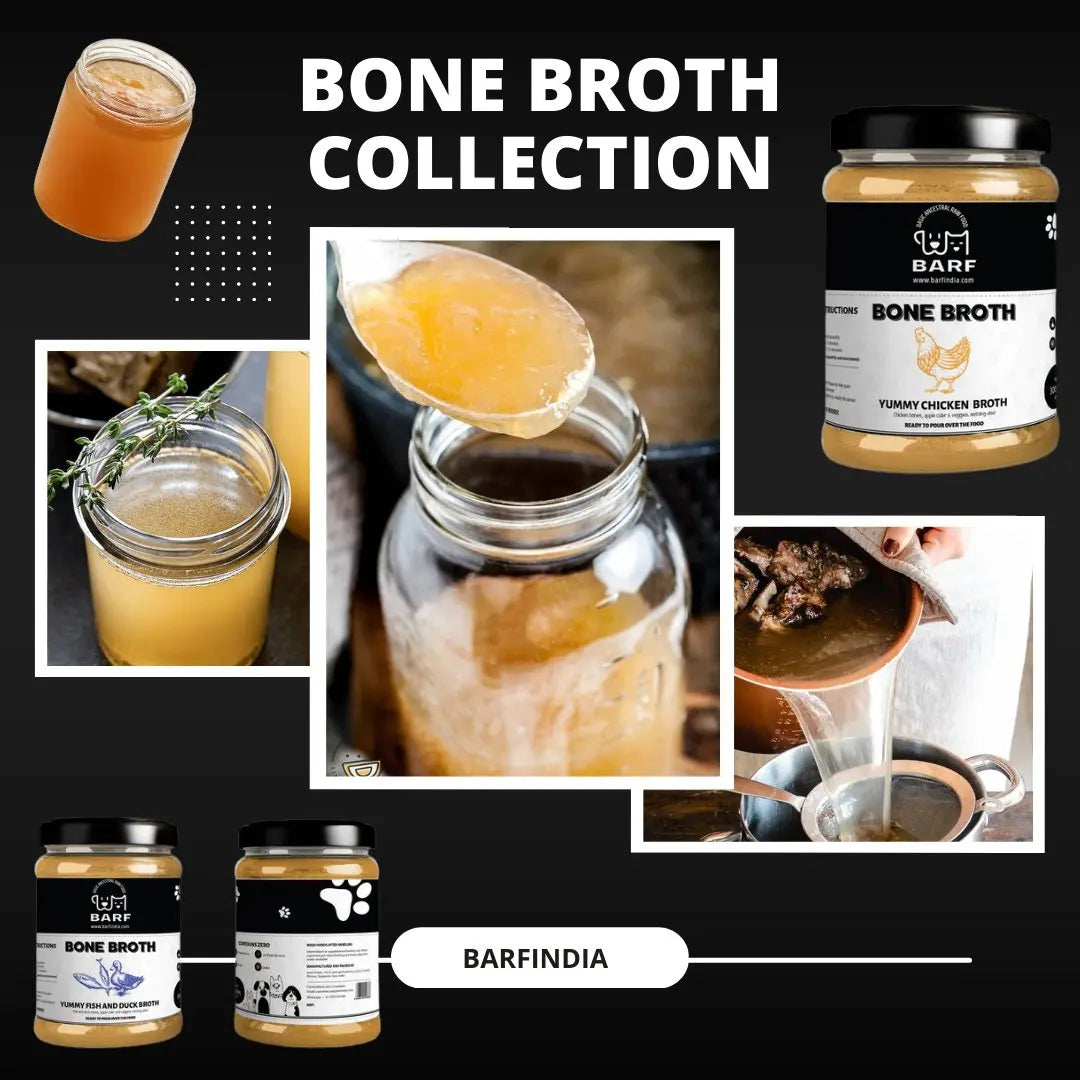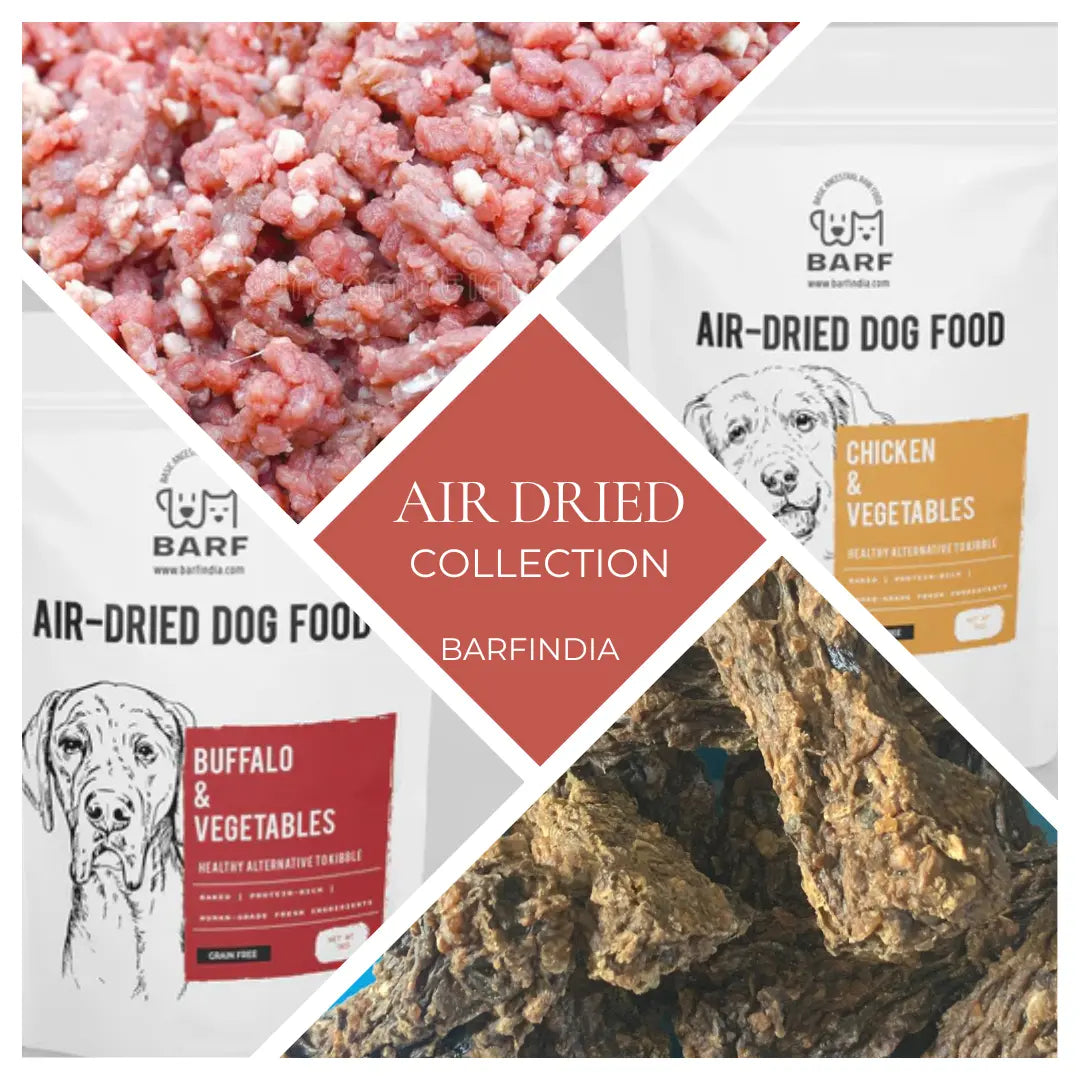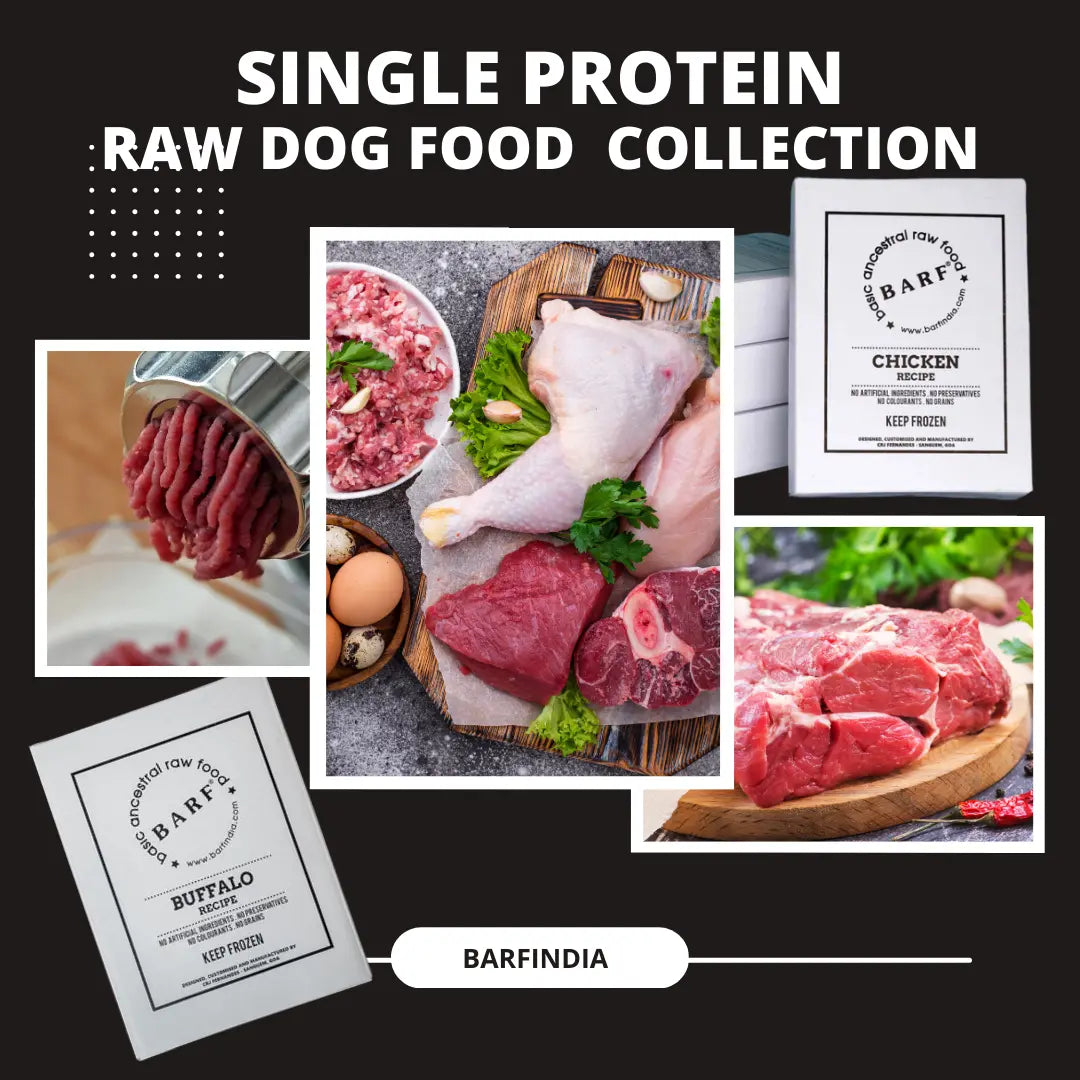
What is the deal with raw and fresh dog food?
B.A.R.F. India AdministratorWhat is the deal with raw and fresh dog food?
Eating fast food is fine once in a while, but can you imagine eating burgers and pizzas every single day of your life, for every meal? Somehow a home-cooked meal seems like a better idea, doesn’t it? We all are aware that eating fast food daily is not a healthy option. It is better to spend time on planning meals, buying groceries, and putting in the effort to actually make meals. Trust us, we all know it is the better alternative.
How about your fresh dog food?
Why is it then that when it comes to feeding our dog, we don’t think the same way? Why don't we believe our dog's nutritional needs are the same as our own? There are many pet owners who feed their dog ‘fast food’ (kibble) every single day. It seems unfair, doesn’t it? Especially when there are so many options for freshly-cooked foods all around. Back since ancient times, dogs have eaten with humans, sharing their food. If you look back in history, even in ancient Rome, dogs mostly ate scraps of meat and bones given to them by their humans. It is only in the last hundred years or so that kibble has risen in popularity. And we started to segregate between human food and dog food. Kibble gained acceptance mainly during WWII when resources were scant, and people were looking for cheaper and more convenient ways to feed their dogs. By the time the war ended, the damage had been done. People began expecting ‘dog food’ to be cheap, biscuit-like, and convenient. Now the problem with this is that this does not constitute ‘real’ food. You are either feeding your dog fresh food (preferably raw) or you’re filling them with highly-processed fast food (kibble).
Understanding raw and fresh dog food
Raw fresh food for dogs is quite simply raw meat. Fresh, raw food for dogs is made using meat, bones, and organs from animals such as chicken, duck, turkey, beef, and salmon. Raw fresh food is what a dog would eat if it were in the wild. It is therefore logical for many people to see it as the most biologically-appropriate way to feed their dogs. Here are two major factors that back this stand:
- Genetics: Did you know that dogs are 99.9% genetically similar to wolves? They might look different on the outside but they are canines who are genetically wired to require raw meat + fat for sustenance.
- Disease: There has been observed a rising rate of canine diseases like obesity, diabetes, and cancer, leading people to wonder how healthy kibble really is!
Typically, kibble is found to contain large quantities of carbs. Dogs have no biological requirement for carbs since they are carnivores. In fact, more carbs means the dog’s body will have to work double-time to process food that is not even intended for it in the first place. This puts a lot of stress on the body, leading to an increased risk for inflammation, the beginning of disease. All this has lead people to look for alternative ways of feeding their dogs better through raw. What’s the difference between raw food and kibble? What makes raw inherently better than kibble? Simply put: kibble is not real food as it is:
- Dry (contains no intracellular moisture)
- Highly-processed and manufactured at high temperatures to maintain a long shelf-life, thus killing all nutrients
- Made from rendered meat that includes parts from dead, dying, and diseased animals
We’ve already spoken about the presence of large quantities of carbs (even if the kibble claims to be grain-free).
Here are meats that are legally ‘suitable’ to be used in dog food:
- Slaughterhouse waste (heads, hooves, beaks, feet, and organs)
- Bread and cereal rejects (cobs and stalks)
- Dying, diseased and disabled farm animals
- Road-kill (Cats, dogs, cattle)
- Contaminated grain middlings
- Distiller fermentation waste
- Spoiled supermarket food
- Euthanized cats and dogs
- Restaurant grease
- Dead zoo animals
Makes you go ugh, doesn’t it?
Moreover, kibble is known to contain synthetic vitamins and minerals, and is processed at extremely high temperatures killing all good gut bacteria. In a nutshell, kibble is simply not an appropriate substitute for real, whole, appropriate food. Raw food, on the other hand, is ‘real’ food that is biologically appropriate for your dog. It includes all the right muscle meat, organs and bones that your dog would eat if it were in the wild. If we love our dogs, we know that our best furry friends deserve better than kibble. Remember, feeding raw is not a trend. It is a species-appropriate way to fulfill your dog’s nutritional requirements that includes giving them what they should biologically be eating instead of what humans want them to eat. Your criteria for selecting dog food shouldn’t be ‘convenient’ or ‘easy’. Instead, it should be good.
Conclusion
Are you feeling inspired to start feeding your dog fresh? Start by learning all that you can about dog nutrition,
, and the many benefits it offers over-processed foods. And then get ready to make the best nutritional decisions for your dog.





